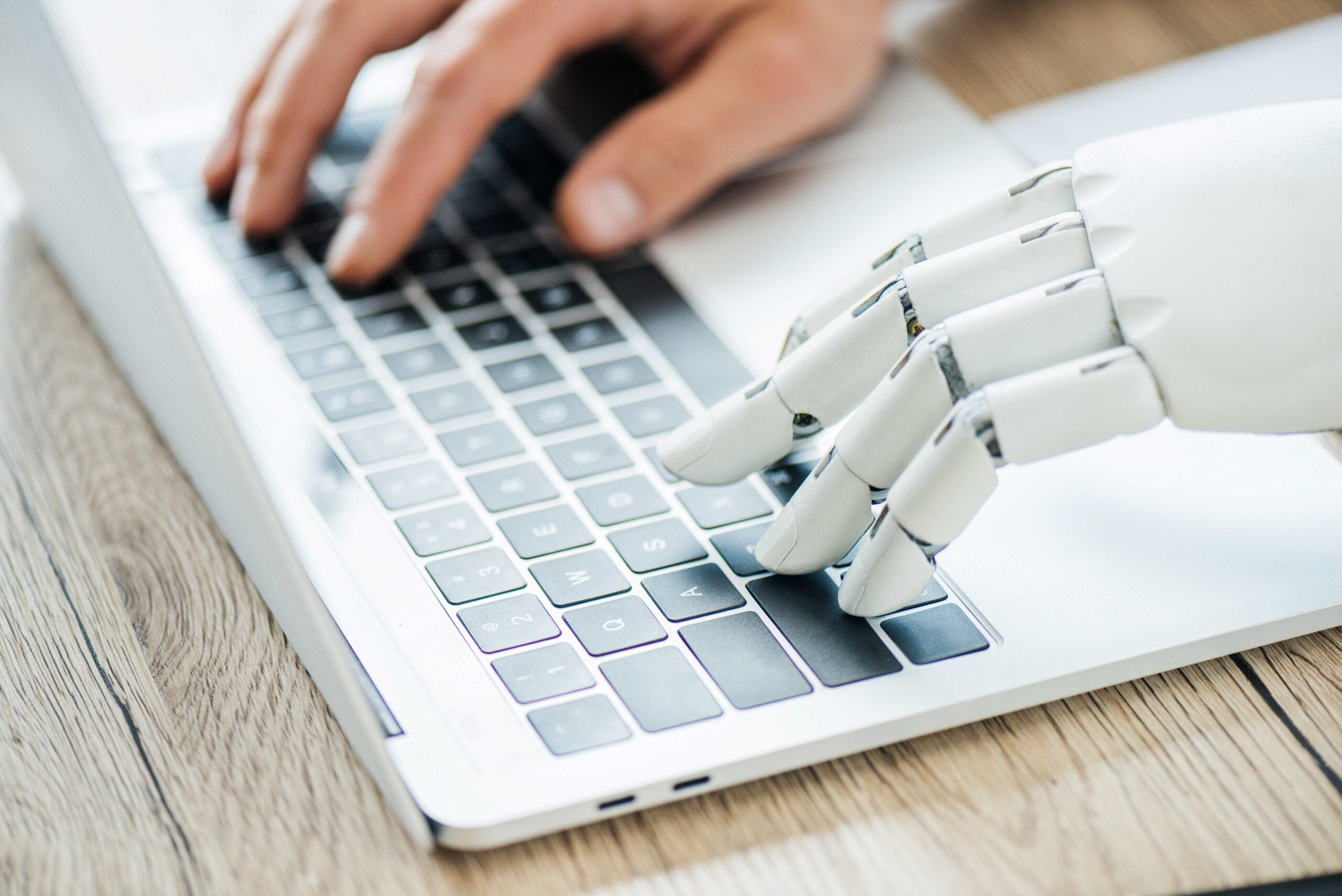In recent years, the integration of artificial intelligence (AI) into our daily lives has become more prevalent than ever. From personal assistants to automated customer support systems, AI is transforming the way we live and work. In the last few months, AI tools like ChatGPT and Midjourney have automated tasks in writing and image generation that used to be the sole domain of human creativity. Virtually all aspects of our digital lives now have an AI solution to automate or augment our workflow.
However, this rapid adoption has raised questions about the potential consequences of relying too heavily on AI, specifically its impact on human intelligence, invention, and problem-solving capabilities. In this article, we will explore the neuropsychological aspects of human intelligence, the implications of AI on our problem-solving abilities, the potential dangers posed by AI at an individual and societal level, and how businesses can responsibly deploy AI solutions.
Human Intelligence: A Use It or Lose It Phenomenon
Human intelligence, from a neuropsychological standpoint, relies on the brain’s remarkable ability to adapt and change. This process, known as neuroplasticity, allows the brain to form new neural connections and pathways, promoting learning and problem-solving. However, neuroplasticity also implies that if we do not challenge our minds, our cognitive abilities may decline over time. As AI takes over more tasks that were once reserved for humans, it is essential to consider how this shift may impact our natural intelligence.
You can think of neuroplasticity like the trails in a forest. The more people who walk on a trail, the wider and more compact the trail becomes making it easier and easier for subsequent people to traverse the terrain. If people stop using a trail, it quickly becomes overgrown, eventually indistinguishable from the surrounding forest, making it more and more difficult for anyone to follow the path. Your brain works the same way. The more you use tools like ChatGPT to solve problems, the less your brain will neurological pathways will develop for problem solving. Eventually, the tasks will be difficult to perform on your own.
AI’s Impact on Invention, Innovation, and Problem Solving
As AI automates routine tasks, we may find that our reliance on technology hinders our ability to think critically and solve complex problems. As a result, there is a risk that our skills in invention and innovation may become stunted. Moreover, overreliance on AI-generated solutions may lead to a lack of diversity in ideas, as AI algorithms tend to prioritize efficiency and pattern recognition over creative or unconventional solutions.
The major problem with using AI to generate new solutions, is that all AI relies on existing training data and algorithms. It may have the ability to combine these data in new and interesting ways, but may not be as capable as the human mind at creating wholly new approaches to challenging problems. In its aim to provide the mostly likely answer to a prompt, an AI system may provide a lowest-common denominator response. This type of solution may be very useful for some scenarios, but many technological innovations have come as a result of “thinking outside the box.” Humans often arrive at truly creative achievements by rejecting the low hanging fruit and shifting to a more open, divergent way of approaching a problem.
Potential Dangers of AI: Individual and Societal Level
The pervasive use of AI in our daily lives poses potential dangers at both the individual and societal levels. At the individual level, excessive reliance on AI may lead to a decline in cognitive abilities, decreased problem-solving skills, and reduced creative thinking. At the societal level, the widespread adoption of AI could lead to a homogenization of ideas and the loss of human ingenuity. Furthermore, the displacement of human workers by AI in various sectors may have far-reaching economic and social consequences.
As we adopt this promising new technology, we must be careful to maintain cognitive and social structures that allowed us to achieve this state of advancement. Similar to how the introduction of the automobile reduce our need for physical exercise as a means of transportation, we must be wary of how the introduction of AI may atrophy our cognitive and creative capacity.
Responsible AI Deployment in Business
To mitigate the risks associated with AI and preserve the value of human intelligence, businesses must strike a balance between automation and human input. Some strategies to achieve this balance include:
- Encouraging human-AI collaboration: Instead of replacing human workers, businesses should leverage AI as a tool to complement and enhance human decision-making and creativity. Making repetitive, low-value tasks automated using AI tools can and should free-up intellectual capital to perform richer work that can grow the business.
- Providing continuous learning opportunities: Companies should invest in employee training and development to help individuals adapt to AI integration and maintain their cognitive abilities. Employers can dedicate time saved using AI to engage employees in education that can make them more effective in their roles.
- Implementing diverse AI models: Businesses should utilize multiple AI models with different algorithms to ensure a range of ideas and perspectives are considered during problem-solving and decision-making processes. Looking at any one AI tool as a one-stop-shop may leave the business vulnerable to blind spots.
While AI offers numerous benefits, it is crucial to remain mindful of its potential impact on human intelligence and problem-solving abilities. By fostering human-AI collaboration, promoting continuous learning, and embracing diverse AI models, businesses can harness the power of AI without compromising the value of human ingenuity. In doing so, we can ensure that both artificial and natural intelligence work in harmony to drive innovation and solve the complex problems of the future.

